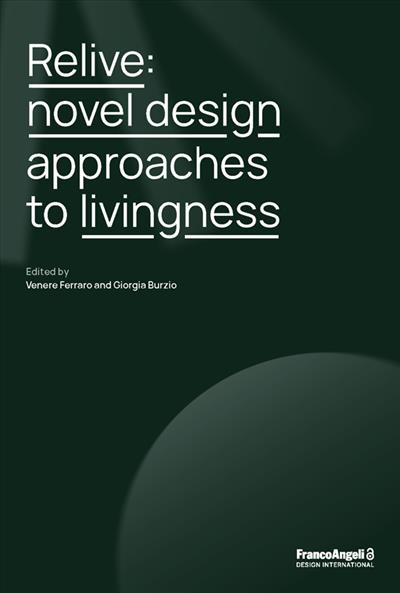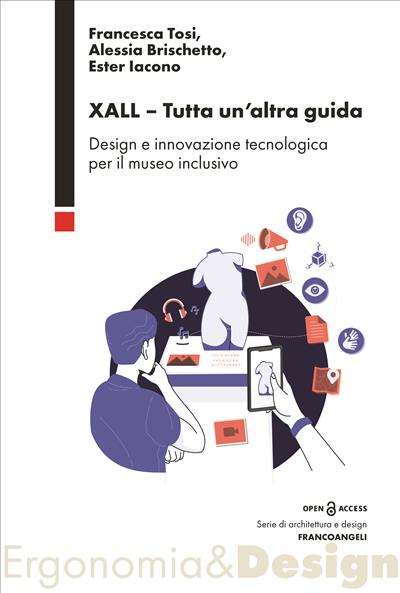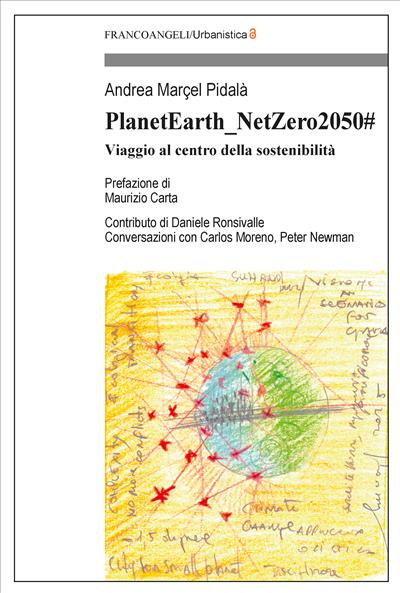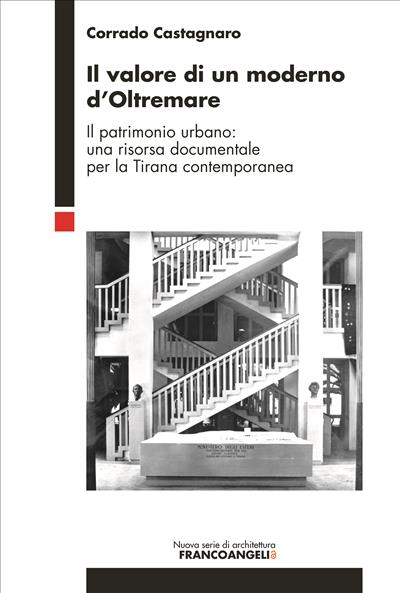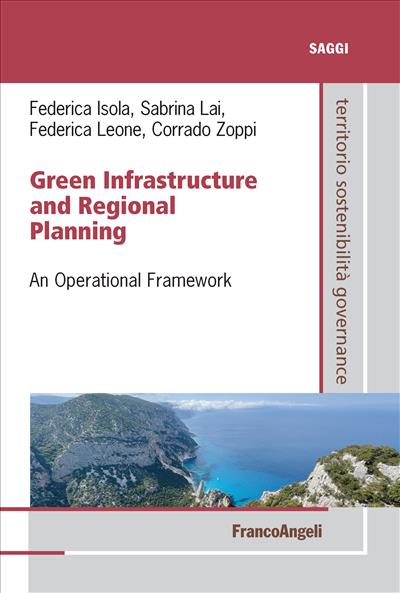
Federica Isola, Sabrina Lai, Federica Leone, Corrado Zoppi
Green Infrastructure and Regional Planning
An Operational Framework
Planning green infrastructures at the regional scale can be considered an intentional way of spreading the positive impacts of environmental conservation policies. In this volume, a methodological approach is experimentally implemented into the Sardinian region (Italy), in order to identify both a regional green infrastructure, and a network of ecological corridors connecting the regional protected areas.
Pagine: 184
ISBN: 9788835141402
Edizione:1a edizione 2022
Codice editore: 11786.3.1
Informazioni sugli open access
